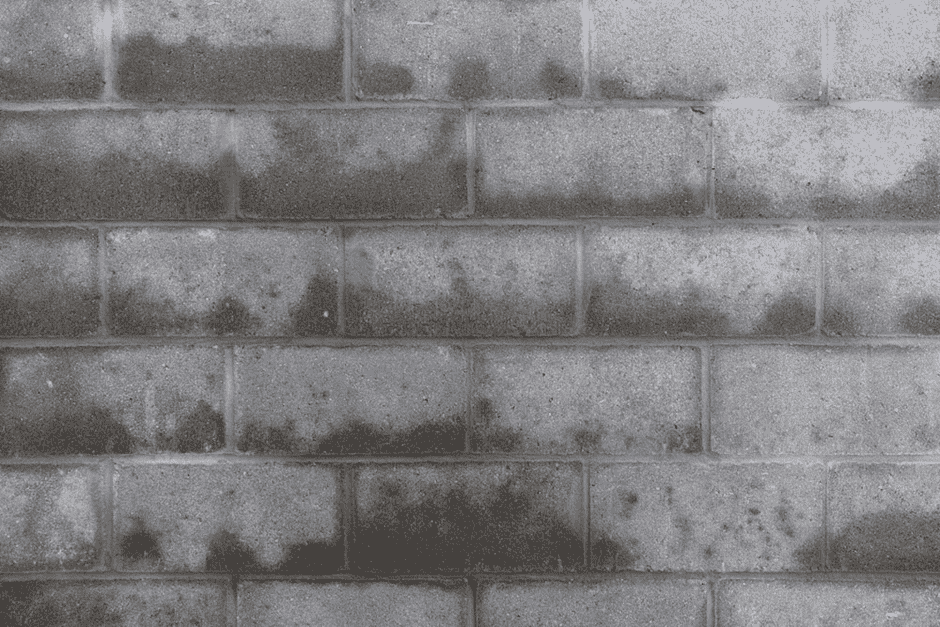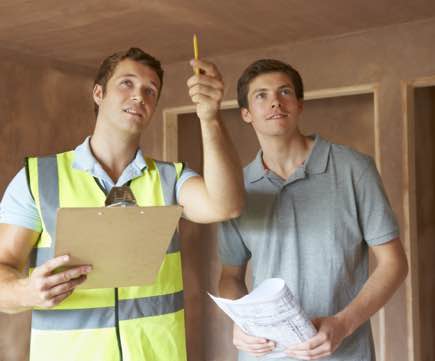Rising damp is a relatively rare form of damp that affects the walls of buildings. It occurs when moisture from the ground travels up through the walls by capillary action. This means that ground water is effectively sucked up through tiny tubes in the bricks, like a series of straws. This water contains salts that also travel up through the wall.
Around the affected wall, you get other porous building materials such as plasterboard and the timber found in the wall frames, floor boards, joists and skirtings. These materials will also absorb the ground water easily and you may find evidence of wet rot in the timber mould and this then provides a conducive area to termite infestation.
Most often, rising damp can be found along the bases of walls before moving vertically upwards. It can cause headaches for homeowners, not to mention a great deal of damage if left unresolved!
Fortunately, rising damp is something a trusted building inspector can identify before you commit to purchasing a new home. You can also learn about how to spot signs of rising damp and what you can do to solve the problem below.
What Causes Rising Damp?
There is no single cause of rising damp. Instead, there can be multiple causes. An inadequate damp-proof course (DPC) is among the most common. Sometimes, damage to the DPC can result in rising damp. Other times, it’s simply no longer able to keep up with changing conditions.
Many homes also don’t have enough sub-floor ventilation or debris in the sub-floor can stop moist air from being able to leave. Poor drainage, damaged pipes, and concrete slabs near brick walls can also play a part.

What Are the Signs of Rising Damp?
You can typically smell and feel dampness before you see the effects. However, that doesn’t mean you won’t notice the signs of rising damp soon enough. There are multiple ways to identify it in a property in Australia, with the most prominent being those below:
Mouldy Bricks
Rising damp rises from the ground when moisture is unable to escape. As it can rise up a wall, it can often be noticeable on bricks as mould or moss.
Peeling Plaster
Plaster can’t adhere to damp walls all that well. As a result, you might notice it peeling on walls that have become moist through rising damp.
Tide Marks
Rising damp can sometimes cause what’s known as a ‘tide mark’. You may notice water stains and peeling around paint and plaster low to the ground.
Efflorescence
Efflorescence describes the salts in a wall material getting wet and drying out. You’re then left with a shiny, almost sparkly layer on the materials called efflorescence. Once crystallised, efflorescence can erode wall materials.
How to Fix Rising Damp
Building inspectors are trained to look for signs of rising damp to ensure prospective purchasers and homeowners have all the facts about a property. However, they can also provide information on what can cause rising damp and the possible methods to rectify it.
Restoring Underfloor Ventilation
If a property has an underfloor cavity, restoring the underfloor ventilation can sometimes take care of rising damp. Your chosen building professional might also recommend large air vents to improve airflow.
Install a Damp Proof Course
Damp-proof courses create a barrier against rising damp. Typically, they feature black polyethylene sheeting installed 200mm above ground level, close to the floor level inside. However, you can also opt for chemical DPCs inserted into drilled holes along a property’s mortar or wall base.
Endnote
Rising damp is becoming a common problem in areas with moisture and humidity. If you’re worried about rising damp in a property you own or are considering buying, contact Co-Spec for a building and pest inspection. If rising damp is detected, you can make a well-informed decision about your next course of action.
Call us on 0409 693 974 during business hours, Monday to Friday from 8:30am to 5:00pm to speak to Robert.
Request an obligation free quote 24/7 via our Free Quote Form







